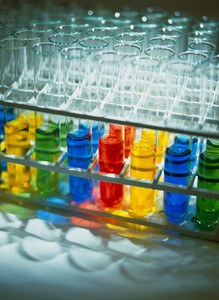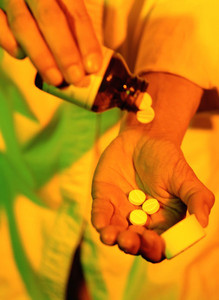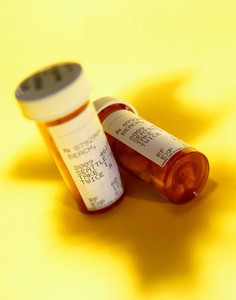Biosimilars present a new set of challenges for regulatory authorities compared with conventional small-molecule generics, for which the demonstration of pharmacokinetic similarity to the reference product is sufficient.
Regulatory approval of biosimilars in Europe
Home/Policies & Legislation
|
Posted 06/07/2009
 0
Post your comment
0
Post your comment
In Europe, a biosimilars pathway has been paved by the EMEA’s Committee for Medicinal Products for Human Use (CHMP) with guidelines advocating pre-clinical and clinical testing of biosimilars to demonstrate safety and efficacy prior to market authorisation, followed by tailored pharmacovigilance plans to monitor potential immunogenicity.
The EMEA guidelines cover a range of issues, including manufacturing, measurement of comparability, physicochemical and biological analyses and clinical trial requirements. In addition to the pharmaceutical, chemical and biological data normally required for a generic drug application, biosimilar drug market approval applications require additional toxicological and other non-clinical and clinical data. The goal is to demonstrate that the biosimilar product is similar to the reference product in terms of quality, safety and efficacy.
The main biosimilars guidelines issued by EMEA/CMHP are: the guideline on similar biological medicinal products (October 2005); the guideline on similar biological medicinal products containing biotechnology-derived proteins as active substance: quality issues (June 2006); the guideline on similar biological medicinal products containing biotechnology-derived proteins as active substance: non-clinical and clinical issues (June 2006); annexes to the guideline on similar biological medicinal products containing biotechnology-derived proteins as active substance: non-clinical and clinical issues; guidance on similar medicinal products containing recombinant erythropoietins (EPOs), somatropin, human insulin respectively human granulocyte colony-stimulating factor (June/July 2006); the guideline on immunogenicity assessment of biotechnology-derived therapeutic proteins (April 2008).
Interestingly, the regulatory requirements for EPO are more stringent than for the other recombinant proteins, reflecting its greater molecular complexity and clinical history, i.e. antibody-mediated pure red cell aplasia. Equivalent therapeutic efficiency with the reference product must be demonstrated in at least two randomised, parallel-group clinical trials, which are preferably double-blind. Patients with renal anaemia would be the best study population with a comparative phase of at least 12 weeks, a maintenance study of at least three months. Clinical trials should involve at least 300 patients with at least 12 months of immunogenicity data and extended pharmacovigilance plans.
Source: Huub Schellekens, NDT Plus. 2009;2(Suppl 1):i27-i36.
Guidelines
New guidance for biologicals in Pakistan and Hong Kong’s independent drug regulatory authority
Canada poised to remove requirement for Phase III trials for biosimilars
ANVISA tackles 24-month backlog in biologicals post-registration petitions

Home/Policies & Legislation Posted 10/10/2025
US EO: delivering Most-Favored-Nation Prescription Drug Pricing to American patients

Home/Policies & Legislation Posted 03/10/2025
Uruguay to establish independent AUVISA drug agency for healthcare reform

Home/Policies & Legislation Posted 17/09/2025
The best selling biotechnology drugs of 2008: the next biosimilars targets







Post your comment